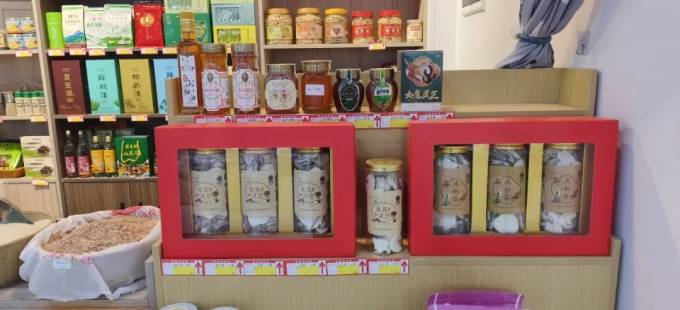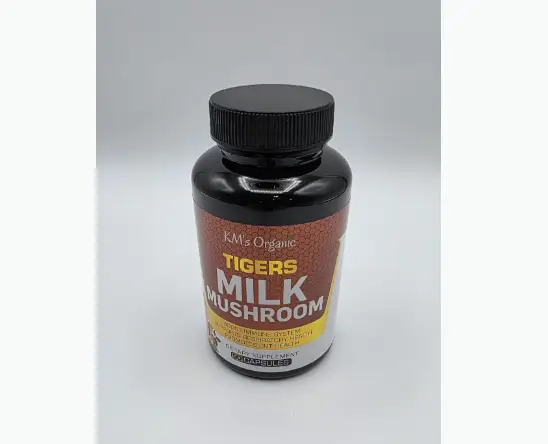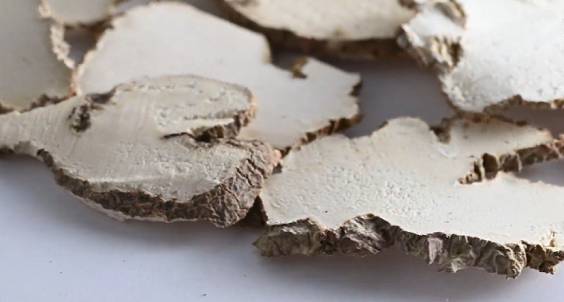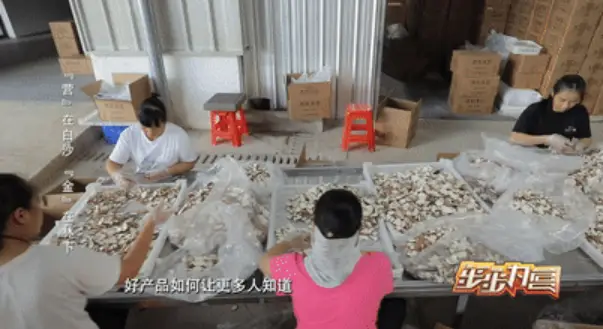How to buy Tiger’s Milk Mushroom Selection Guide
How to Buy Tiger’s Milk Mushroom: Authenticity Verification and Health Benefits. Research has shown that Tiger’s Milk Mushroom (Lignosus rhinocerus), with its unique tiger milk polysaccharide component, can effectively repair the respiratory mucosal barrier and is referred to as the “natural respiratory guardian” in Southeast Asia. This article provides a detailed explanation of the scientific benefits of this tropical fungus, methods for quality authentication, and recommended consumption guidelines from an FDA-certified laboratory in the United States, particularly suitable for reference by individuals sensitive to air quality.
Tiger’s Milk Mushroom, hailed as the “natural respiratory guardian,” offers benefits such as nourishing mucous membranes, soothing the respiratory tract, and enhancing defensive capabilities. It is particularly suitable for individuals experiencing coughing symptoms, chronic throat discomfort, or weakened immunity during periods of poor air quality! Currently, the market is flooded with dyed Tiger’s Milk Mushrooms and ordinary oyster mushrooms masquerading as genuine products, with some even undergoing sulfur treatment for whitening—a violation of regulations. How can you quickly distinguish between genuine and counterfeit products? How do you select high-quality products with plump flesh and natural patterns? How can scientific consumption methods balance lung care and digestive system health? Today, Guixin Health provides a detailed guide to selecting Tiger’s Milk Mushrooms!

1. Understanding Tiger’s Milk Mushroom: The “Breathing Guardian” Cultivated in Remote Mountains
Tiger’s Milk Mushroom belongs to the Tiger’s Milk Mushroom genus of the Pleurotaceae family. It is used medicinally in the form of sclerotia (spherical or block-shaped structures formed by the aggregation of hyphae) and is primarily produced in tropical regions such as Malaysia, Yunnan, and Hainan, growing in moist, decaying wood environments.
🌿 Naming Origin: The common name derives from its sclerotia resembling tiger claws and the mycelium secreting a milky white viscous liquid;
🌿 Historical Applications: Traditionally used for childhood asthma and chronic cough in the elderly, it is referred to as the “respiratory system’s nemesis” in Southeast Asia;
🌿 Scientific Components: Contains unique tiger milk polysaccharides, which can repair the respiratory mucosal barrier. Modern research suggests it possesses a “natural nebulization device” function.
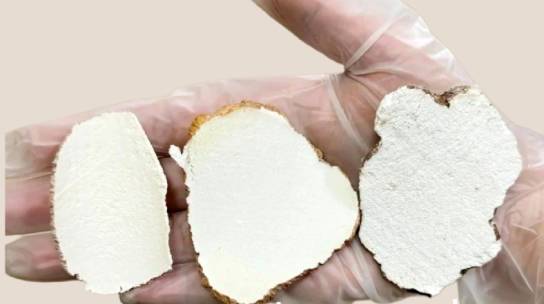
2. Authenticity Identification Guide
Common counterfeit types:
① Artificial dyeing products: The mushroom cap exhibits abnormal bright red or reflective characteristics, and the water becomes cloudy after soaking in hot water;
② Oyster mushroom imitations: The mushroom cap is thin with blurred texture, and the flesh structure is fragile and lacks elasticity;
③ Sulfur-treated products: The flesh appears pale white without natural luster, the surface is smooth without natural patterns, and it emits a distinct acidic odor.
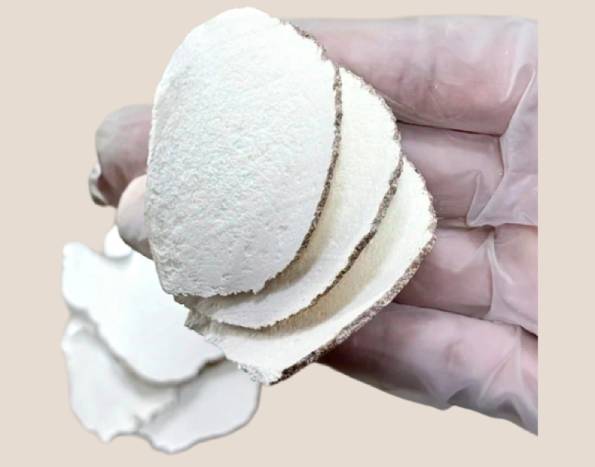
Professional Identification Methods:
① Observe the appearance:
Authentic characteristics: The cap is gray-brown with dark stripes, the flesh is white and plump, and the texture resembles tiger skin;
Counterfeit characteristics: The cap is overly red (dyed), the flesh is thin and brittle (oyster mushroom imitation), and the surface is smooth without texture (sulfur-treated).
② Texture inspection:
Authentic product characteristics: Hard texture that is not easily broken, dry to the touch with no signs of moisture;
Substandard product characteristics: Easily broken, moist or sticky to the touch (improper storage or mixed with water).
③ Brewing test:
Authentic product performance: After brewing with hot water, the water is light yellow and clear, with active ingredients released slowly and no sediment;
Counterfeit product characteristics: After brewing, the water becomes cloudy, changes color rapidly, or develops suspended particles (may contain artificial dyes or impurities).
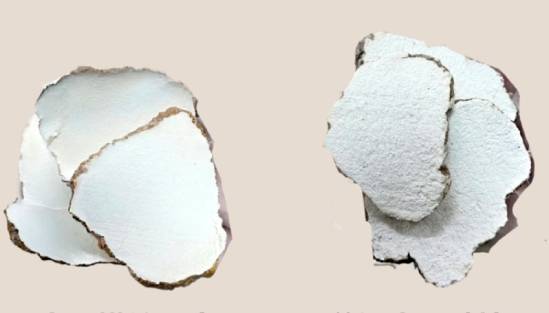
3. Key Points for Quality Assessment
High-quality Tiger’s Milk Mushroom Standards:
✅ Plump flesh: The edges of the cap are thick and intact, the flesh is white and dense, and it has a slight sweet aftertaste when chewed;
✅ Natural texture: The dark stripes on the surface are evenly distributed, with no traces of chemical dye residue;
✅ Pure aroma: Emits a natural mushroom fragrance, with no sour, bitter, or moldy odors.
4. Core Efficacy Analysis
🌿 Relieves respiratory symptoms: A natural “throat protector” when air quality is poor;
🌿 Regulates internal balance: An excellent care product for people who stay up late and suffer from seasonal dryness and throat discomfort;
🌿 Enhances defense capabilities: Contains polysaccharides that activate immune cells and improve chronic fatigue;
🌿 Supports the digestive system: Provides a solution for oral ulcers caused by staying up late and overheating.
Precautions: Those with a cold constitution (fear of cold, diarrhea symptoms) and pregnant women should use with caution!
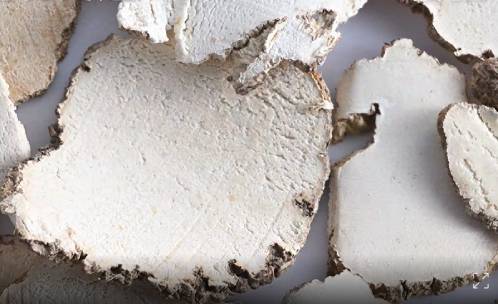
5. Professional Storage Solutions
Storage Tips:
✔️ Whole piece storage: Wrap in cotton and hang in a well-ventilated area (humidity <50%), with a shelf life of up to 3 years;
✔️ Sliced storage: Store in an airtight container with Sichuan peppercorns to prevent insect infestation, refrigerate at 4°C for a shelf life of 1 year;
✔️ Powdered storage: Divide into portions and freeze at -18°C for a shelf life of 1 year. Thaw to room temperature before use and reseal.

6. Recommended consumption methods
Tiger’s Milk Mushroom and Dried Tangerine Peel Drink: 5g of Tiger’s Milk Mushroom + 3g of dried tangerine peel, steeped in boiling water to alleviate respiratory symptoms;
Tiger’s Milk Mushroom and Black Chicken Soup: 10g of Tiger’s Milk Mushroom + black chicken + yuzhu, simmered for 2 hours to nourish the mucous membranes;
Tiger’s Milk Mushroom Yam Porridge: 5g Tiger’s Milk Mushroom powder + yam + rice, make a nourishing porridge;
Basic Stew: Whole Tiger’s Milk Mushroom + lean meat + red dates, steam for 2 hours to retain the original flavor.
⚠️ Important Note: Avoid consuming with spicy ingredients (may cause excessive heat).
Key selection criteria: Plump mushroom flesh, distinct patterns, and a pronounced mushroom aroma are the key indicators! Be cautious of abnormally bright red colors (dyed) and overly hard textures resembling wood (sulfur-treated). High-quality Tiger’s Milk Mushroom (Lignosus rhinocerus) will unfurl its flesh and maintain stable color after brewing! Strict moisture-proof measures must be taken during storage!
By combining the laboratory testing data from this article with traditional Chinese medicine wisdom, you have mastered the core identification techniques for Tiger’s Milk Mushroom (Lignosus rhinocerus). Click to save the full version of the storage method, and share your consumption experiences in the comments section to receive customized dietary recommendations from a nutritionist. Important note: Individuals with special health conditions should consult a professional physician first.
